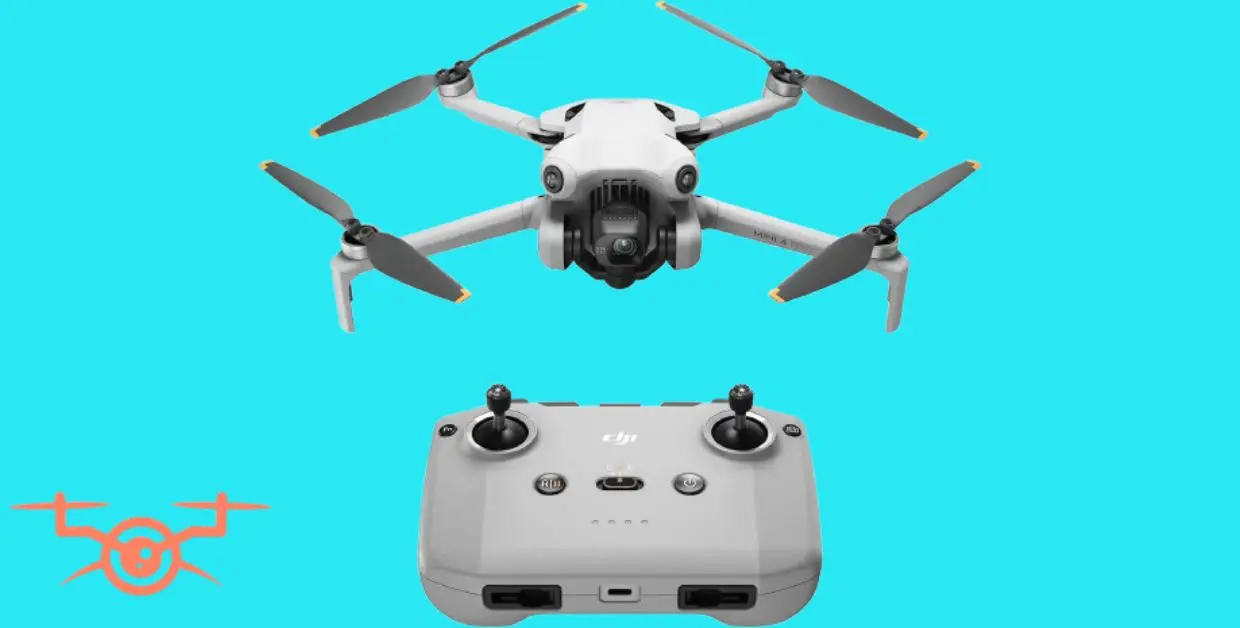Drones have become increasingly popular for both recreational and professional use. Mini drones, in particular, are widely favored for their portability and affordability. However, one of the most common concerns among drone enthusiasts is the possibility of their mini-drone like the Dji mini 4 Pro flying out of range. When this happens, it can be both frustrating and stressful. In this article, we will explore what you should do if your mini drone flies out of range, how to prevent it from happening, and the best recovery methods.
Understanding Drone Range and Signal Loss
Before diving into solutions, it’s essential to understand how drone range works. Every drone has a specific operational range, which is the maximum distance it can travel from the controller while maintaining a stable connection. This range varies based on factors such as:
- Drone Model: Different drones have different range limits. Some mini drones have a range of only 50–100 meters, while high-end models can extend several kilometers.
- Controller Signal Strength: The strength of the controller’s signal impacts how far the drone can fly without losing connection.
- Obstacles and Interference: Trees, buildings, and other obstructions can weaken the signal.
- Environmental Conditions: Strong winds, radio interference, and even the presence of other electronic devices can disrupt connectivity.
If your drone flies out of range, it loses communication with the remote controller. In most cases, it will either hover, return to its last known location, or land, depending on the model and features.
Immediate Actions When Your Mini Drone Flies Out of Range
1. Stay Calm and Avoid Panic
The first and most important step is to remain calm. Panicking can lead to rushed decisions that may worsen the situation. Take a deep breath and think logically about the best course of action.
2. Check the Remote Controller
Look at the screen or LED indicators on your remote controller. Many modern drones provide warnings when the signal is weak. If you see a low-signal warning, try adjusting your position to get a better line of sight with the drone.
3. Move to a Higher Ground or Open Area
If you suspect obstacles are blocking the signal, move to a higher elevation or an open area where there’s a clear path between you and the drone. This can help restore the connection.
4. Reattempt Connection
Some drones automatically attempt to reconnect when the signal is temporarily lost. Try turning off and on the remote controller to force a reconnection.
5. Activate Return-to-Home (RTH) Feature
Many drones are equipped with a Return-to-Home (RTH) function that automatically brings the drone back to its takeoff point when it loses signal. If your drone has this feature, it may already be returning on its own. If you regain control, manually activate RTH to ensure its safe return.
6. Use GPS Tracking (If Available)
If your drone is equipped with GPS, check the last known coordinates using the mobile app. This can help you determine where it was last seen and increase the chances of retrieval.
7. Look and Listen for Your Drone
Mini drones are often lightweight and may not make much noise, but if it’s nearby, listen for buzzing sounds. Walk around and scan the sky, trees, or rooftops where it might have landed.
8. Manually Search the Last Known Location
If your drone has completely lost connection, start searching in the area where you last saw it. Check trees, rooftops, bushes, and any other places it could have crash-landed.
Preventing Your Mini Drone from Flying Out of Range
While losing a drone can be distressing, there are several measures you can take to prevent it from happening in the future.
1. Know Your Drone’s Range Limit
Before flying, familiarize yourself with the manufacturer’s specifications regarding range. Never push the drone beyond its advertised limits, as this increases the risk of losing connection.
2. Keep Your Drone Within Line of Sight
Always try to maintain a visual on your drone while flying. This allows you to react quickly if it starts drifting too far.
3. Fly in Open Areas
Avoid flying in areas with dense trees, tall buildings, or power lines, as these can obstruct signals and interfere with communication.
4. Check Battery Levels Before Takeoff
Low battery levels can cause the drone to land unexpectedly. Ensure your drone has a sufficient charge before flight, and avoid flying too far when the battery is running low.
5. Use FPV Mode and Telemetry Data
Many drones offer First-Person View (FPV) via a smartphone app or built-in screen on the controller. This allows you to see what the drone sees in real time. Monitoring telemetry data such as distance, altitude, and battery percentage can help you manage your flight better.
6. Enable Geofencing or Flight Restrictions
Some drones allow you to set geofencing limits, which restrict the drone from flying beyond a set boundary. This is an excellent precautionary measure for avoiding range issues.
7. Fly in Good Weather Conditions
Avoid flying in strong winds or heavy interference zones. Bad weather can push your drone farther than intended, increasing the risk of losing control.
8. Use Signal Boosters if Necessary
Some drone pilots use signal boosters to enhance their controller’s range. This can be helpful if you frequently fly in areas with weak signals.
What to Do If You Can’t Recover Your Drone
If you’ve exhausted all recovery options and still can’t find your drone, here are some final steps:
1. Check Drone Forums and Lost Drone Groups
Many online communities have sections where people report found drones. Someone might have retrieved yours and is looking for the owner.
2. Post on Local Social Media Groups
Posting in local Facebook groups or community forums can help spread the word and increase the chances of someone spotting your drone.
3. File a Lost Drone Report
Some manufacturers and local authorities allow you to report lost drones. If your drone has an identification number, reporting it might help in case it is recovered.
4. Consider Drone Insurance for Future Protection
If losing a drone is a significant financial setback for you, consider investing in drone insurance. Some policies cover lost drones, helping you replace them at a lower cost.
Final Thoughts
Losing a mini drone can be a frustrating experience, but taking the right steps can maximize your chances of recovery. Always follow best practices for safe flying, use preventive measures to avoid flying out of range, and be prepared with a recovery plan in case things go wrong. By doing so, you can enjoy your drone flights with greater peace of mind and fewer risks.




